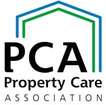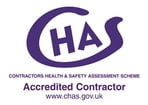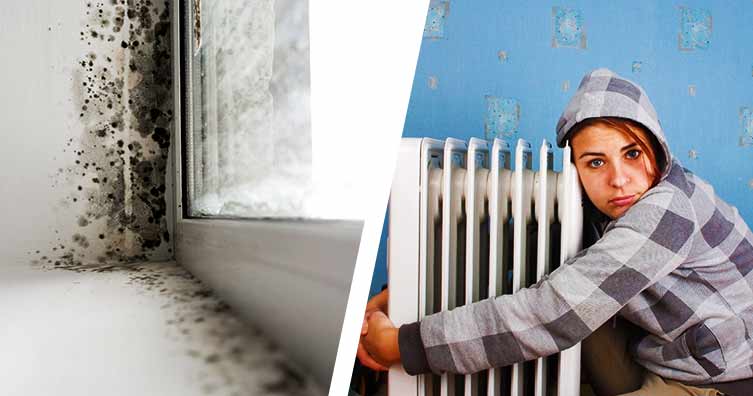
Key Takeaways
The Homes (Fitness for Human Habitation) Act empowers tenants to take action against landlords for unsafe or unhealthy homes. In 2025, protections have been strengthened with Awaab’s Law, setting strict repair deadlines for social housing and potentially extending to private rentals.
- 2019 Act gives tenants legal power to address unfit housing conditions
- Ongoing issues with damp, mould, and poor enforcement
- Awaab’s Law introduces strict repair timelines for social housing
- Proposed Renters’ Rights Bill could extend protections to private sector
- Clear repair timelines improve safety and tenant rights
In 2019, the Homes (Fitness for Human Habitation) Act gave tenants a direct legal route to take action against landlords who failed to maintain properties to a safe and healthy standard. That landmark reform remains in place today—and in 2025, it has been strengthened by new social housing laws and stricter repair deadlines.
Unsafe Accommodation Remains a Challenge
When the Act first came into force, housing charity Shelter estimated that over one million rented homes in the UK were unfit for human habitation, affecting more than 2.5 million people. The issues ranged from damp and mould to poor ventilation and unsafe structural conditions.
While local councils have long had the power to enforce housing standards through the Housing Health and Safety Rating System (HHSRS), budget cuts have often limited inspections and enforcement. This allowed some landlords—particularly in the private rented sector—to let properties fall into serious disrepair without consequence.
In 2025, the underlying problem hasn’t disappeared. Damp and mould remain widespread, and tenant advocacy groups report ongoing struggles—especially in private rentals where proactive enforcement is still patchy.
What the Law Covers
Under the Homes (Fitness for Human Habitation) Act, landlords must ensure that a property is fit for habitation at the start of a tenancy and remains so throughout. This includes dealing with:
– Structural stability
– Damp and mould
– Poor ventilation
– Inadequate natural lighting
– Unsafe water supply or drainage
– Defective sanitation
– Lack of cooking and food preparation facilities
– Vermin or insect infestations
– Hazards listed under the HHSRS (e.g., electrical safety, fire risk)
Tenants can take their landlord to court if these issues aren’t fixed, and judges can issue injunctions and award compensation.
The Big Change: Awaab’s Law
Following the tragic death of two-year-old Awaab Ishak in 2020, Awaab’s Law was introduced in the Social Housing (Regulation) Act 2023. It sets legally binding repair deadlines for social landlords when damp, mould, or other serious hazards are identified.
From 27 October 2025:
– Emergency hazards must be made safe within 24 hours
– Damp and mould investigations must start within 10 working days
– Non-emergency hazards must be fixed within 5 working days once identified
– Preventative or follow-up work must be completed within 12 weeks
– Tenants must be given a written summary of findings within 3 working days
– Alternative accommodation must be offered if a hazard poses an immediate health risk
From 2026, these rules will extend beyond damp and mould to include other serious hazards such as excess cold, electrical safety risks, fire safety, and structural collapse. By 2027, almost all HHSRS hazards will be covered.
Social Housing Repairs
Awaab’s Law enforces strict deadlines for social landlords to address hazards, starting with damp and mould in 2025 and expanding to other risks by 2027.
Private Rental Protections
Private tenants have strong rights under the 2019 Act, and future reforms may introduce fixed repair timelines similar to those in social housing.
What About Private Renters?
Private tenants still have the right to sue under the 2019 Act, but they do not yet benefit from the strict repair timelines of Awaab’s Law. Campaigners are pushing for the upcoming Renters’ Rights Bill to extend similar protections to private rentals.
Proposals in the Bill include:
– Banning Section 21 “no-fault” evictions
– Introducing a Decent Homes Standard for private rentals
– Applying Awaab’s Law repair deadlines to the private sector
– If passed, this would close the gap between protections for social and private tenants.
How Quickly Should Repairs Be Done Now?
Social housing (Awaab’s Law): Legal deadlines apply—24 hours for emergencies, strict timelines for investigation and remediation.
Private rentals: No fixed statutory timelines, but guidance from landlord associations still suggests:
– 24 hours for urgent health/safety hazards
– 3 working days for issues affecting comfort
– 28 days for less urgent repairs
– Failure to act can result in court action under the Fitness for Human Habitation Act
A Growing Renting Population
The UK rental sector is larger than ever, with more families and long-term tenants relying on it for secure housing. These strengthened laws aim to create a consistent standard of safety and comfort, protect tenants from neglect, and give them a clear route to justice when landlords fail to maintain their properties.
While the 2019 Act laid the foundation, 2025 is the year when repair rights—especially in social housing—finally gained legal deadlines and enforcement teeth. Private renters may soon enjoy the same level of protection if the Renters’ Rights Bill becomes law.
Highlights
- Homes (Fitness for Human Habitation) Act 2019
- Housing Health and Safety Rating System (HHSRS)
- Damp, mould, and ventilation standards
- Awaab’s Law repair deadlines
- Proposed Renters’ Rights Bill
- Private vs social housing protections


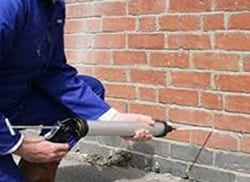 Damp Proofing
Damp Proofing Basement Damp Proofing
Basement Damp Proofing Water Damage
Water Damage Condensation Control
Condensation Control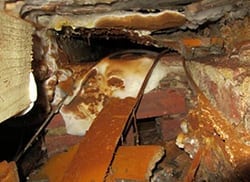 Dry Rot Treatment
Dry Rot Treatment WOODWORM & WET ROT
WOODWORM & WET ROT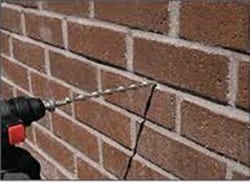 CAVITY Wall Ties
CAVITY Wall Ties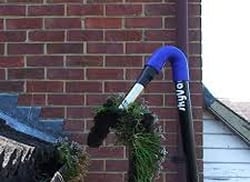 Property Maintenance
Property Maintenance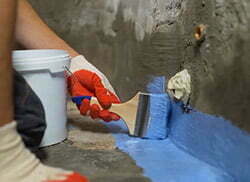 Waterproofing And Tanking
Waterproofing And Tanking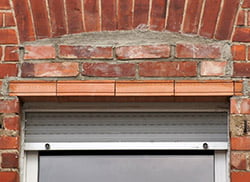 Structural Repairs
Structural Repairs